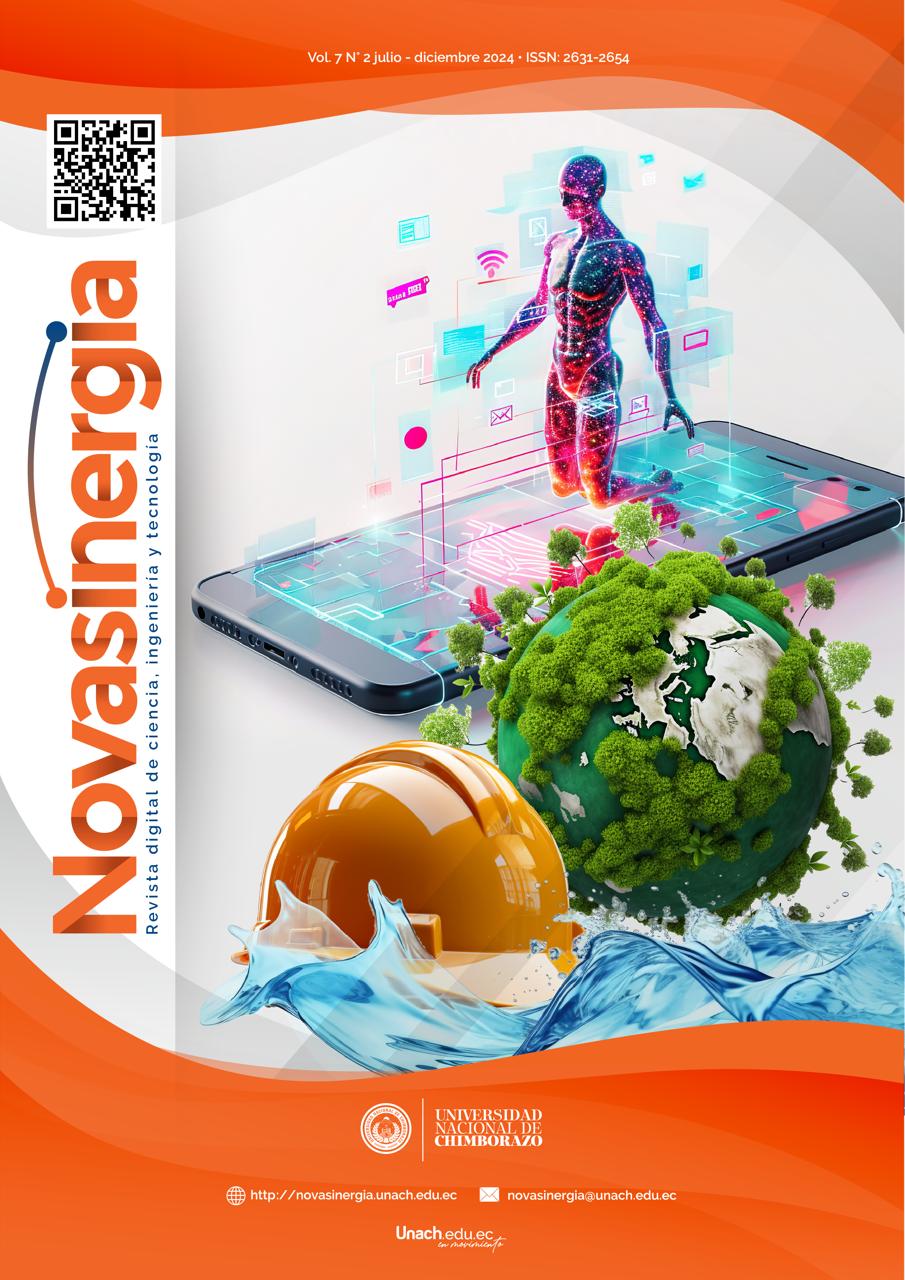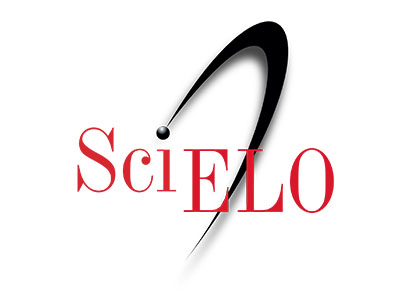Removal of cadmium in water samples from the El Macho estuary, Machala-Ecuador, using polyurethane foam activated with silver nanoparticles as an adsorbent
DOI:
https://doi.org/10.37135/ns.01.14.03Keywords:
Polyurethane foam, silver nanoparticles, heavy metal removalAbstract
The growing demand of the housing sector in the city of Machala-Ecuador turned invasions into the common model of disorganized growth of this city, where they use the “El Macho” estuary for the disposal of waste and sewage. Preliminary studies regarding the content of heavy metals in this estuary conclude that the concentrations of metals such as cadmium are higher than the limits established in the regulations of the Unified Text of Secondary Legislation of the Ministry of the Environment. In the present investigation, the removal of cadmium from water samples of the “El Macho” estuary was evaluated using polyurethane foam activated with silver nanoparticles as an adsorbent. To collect adsorption data, a vertical tubular reactor was designed, using 1,560 g of polyurethane adsorbent modified with silver nanoparticles, pH 8 and cubic-shaped polyurethane foam size of 0.5 cm of side. Cadmium concentrations were quantified by atomic absorption spectroscopy in samples of Estero water before and after passing through the reactor. It is concluded that the polyurethane foam activated with silver nanoparticles, as an adsorbent, reached a removal percentage of 48.75% and therefore, it is effective for the treatment of water contaminated with cadmium.
Downloads
References
Andrade Mera, A. A. y Carrión Chamba, W. V. (2018). Plan de manejo para la recuperación ambiental del estero El Macho, cantón Machala (tesis de pregrado). Universidad de Cuenca, Cuenca, Ecuador.
Amézquita, E. (2018). Remoción de Cadmio Bivalente (Cd+2) mediante bioadsorción en un sistema de flujo contínuo empacado en biomasa muerta e inmovilizada de Scenedesmus obliquus (Turpin) Kützing 1833 a escala de laboratorio (tesis de pregrado). Universidad de San Agustín de Arequipa, Arequipa, Perú.
González, M. & Rivada, M. (2016). Caracterización de la espuma rígida de poliuretano expandido como impermeabilizante. Revista Arquitectura e Ingeniería, 10(2), 1-12. Recuperado de: https://dialnet.unirioja.es/servlet/articulo?codigo=6368188
Huamaní, J. & Huamolle, A. (2017). Remoción de cadmio en soluciones acuosas usando nanopartículas de hierro cerovalente sobre una matriz de quitosato (tesis de pregrado). Universidad Nacional Mayor de San Marcos, Lima, Perú.
Lenntech. (2021). Propiedades Químicas Del Cadmio.
Organización Mundial de la Salud. (2021). Programa Internacional de Seguridad de las Sustancias Químicas. 2021.
Ramírez, A. (2017). Determinación del cadmio, plomo en agua y sedimento del estero el Macho de la ciudad de Machala. (tesis doctoral). Universidad de Guayaquil, Guayaquil, Ecuador.
Sáenz, A. & Urdaneta, J. (2014). Manejo de residuos sólidos en América Latina y el Caribe. Omnia, 20(3), 121-135. Recuperado de: http://www.redalyc.org/articulo.oa?id=73737091009
Sayed, M. y Burham, N. (2017). Removal of cadmium (II) from aqueous solution and natural water samples using polyurethane foam/organobentonite/iron oxide nanocomposite adsorbent. International Journal of Environmental Science and Technology, 15(7). Recuperado de: https://www.researchgate.net/publication/318136576_Removal_of_cadmium_II_from_aqueous_solution_and_natural_water_samples_using_polyurethane_foamorganobentoniteiron_oxide_nanocomposite_adsorbent
Shamsi, Z., Yaftian, M.R., Parizanganeh, A. H. & Zamany, A. A. (2017). Wastewater Treatment by Using Polyurethane Foams Modified with Bis-[2-ethylhexyl] Phosphoric Acid: Kinetics, Equilibrium and Desorption Studies. Journal of Human, Environmet and Health Promotion, 3(1), 28-37. Recuperado de: http://zums.ac.ir/jhehp/article-1-140-en.html
Tejada Tovar, C., Villabona Ortiz, Á. & Garcés Jaraba, L. (2015). Adsorción de metales pesados en aguas residuales usando materiales de origen biológico. TecnoLógicas, 18(34), 109-123. Recurepado de: http://www.scielo.org.co/scielo.php?pid=S0123-77992015000100010&script=sci_abstract&tlng=pt
Zhindón, R., Cartuche, D., España, P. & Maldonado, M. (2018). Evaluación ambiental de aguas residuales: estero y manglar El Macho de la ciudad de Machala. 2do Congreso Internacional de Tecnologías para el desarrollo. Universidad Técnica de Machala, Machala.
Zhou, G., Liu, C., Tang, Y., Luo, S., Zeng, Z., Liu, Y., Xu, R., y Chu, L. (2015). Sponge-like polysiloxane-graphene oxide gel as a highly efficient and renewable adsorbent for lead and cadmium metals removal from wastewater. Chemical Engineering Journal, 280, 275-282. https://doi.org/10.1016/j.cej.2015.06.041
Ziegler, K. (2013). Activación de espuma de Poliuretano con nanopartículas de Ag y evaluación de sus propiedades catalíticas (tesis de maestría). Universidad Autónoma de Barcelona, Bellatera, España.
Veličković, Z., Bajić, Z., Ristić, M., Đokić, V., Marinković, A., Uskoković, P., & Vuruna, M. (2013). Modification of multi-wall carbon nanotubes for the removal of cadmium, lead and arsenic from wastewater. Digest Journal of Nanomaterials and Biostructures, 8(2), 501-511. Recuperado de: https://technorep.tmf.bg.ac.rs/handle/123456789/2411







